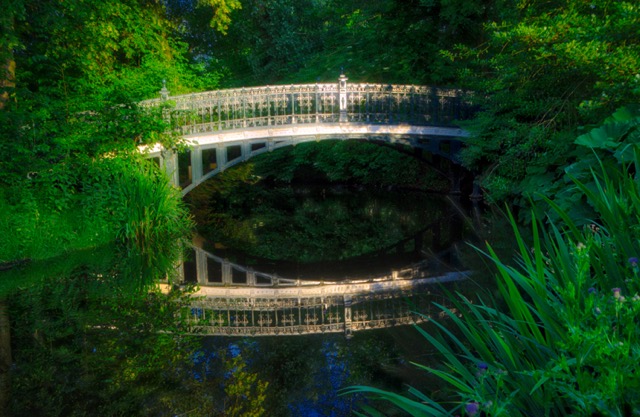
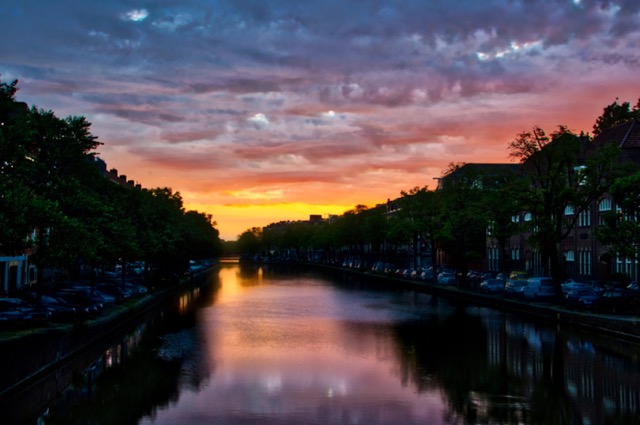
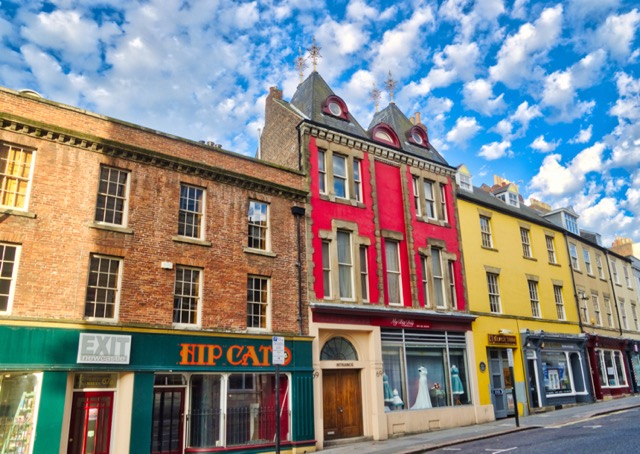
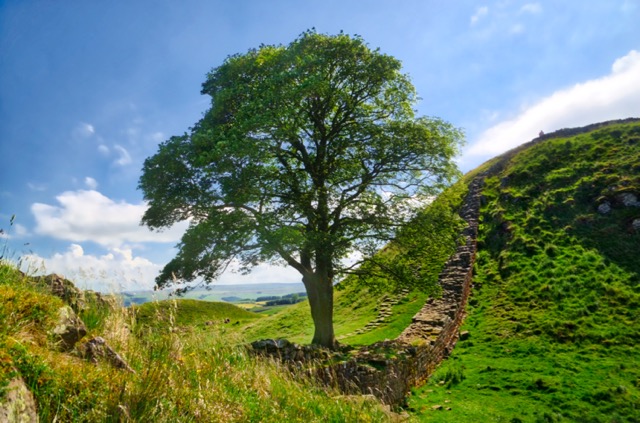
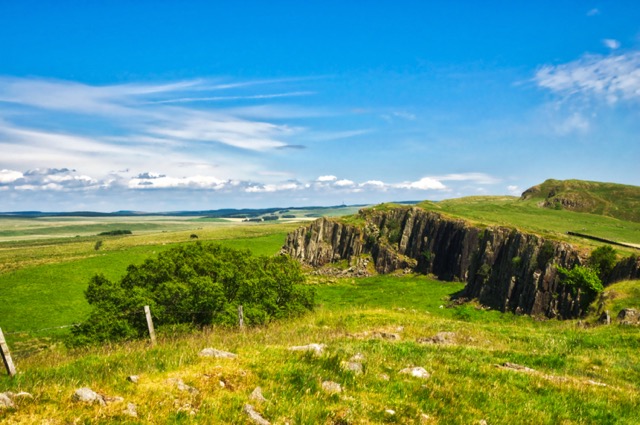
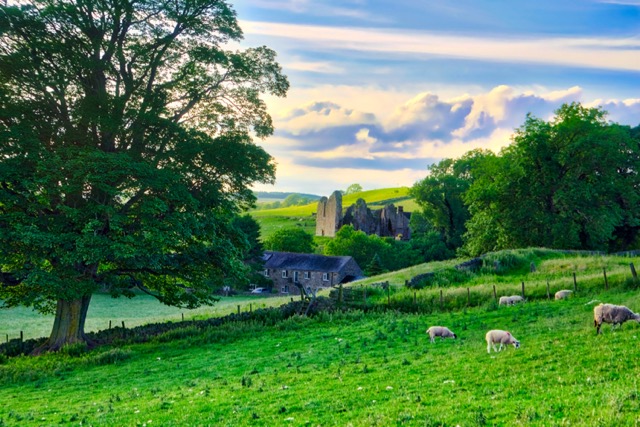
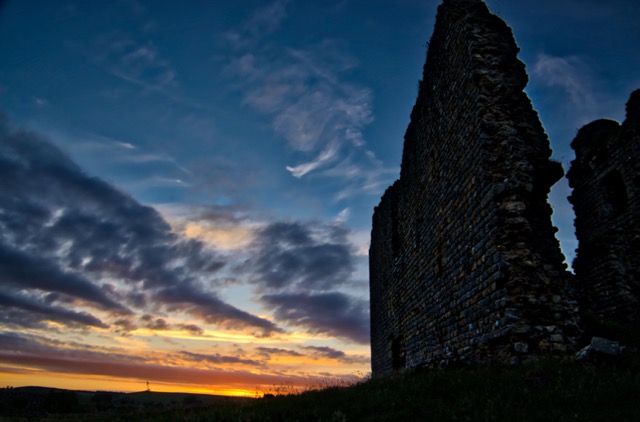
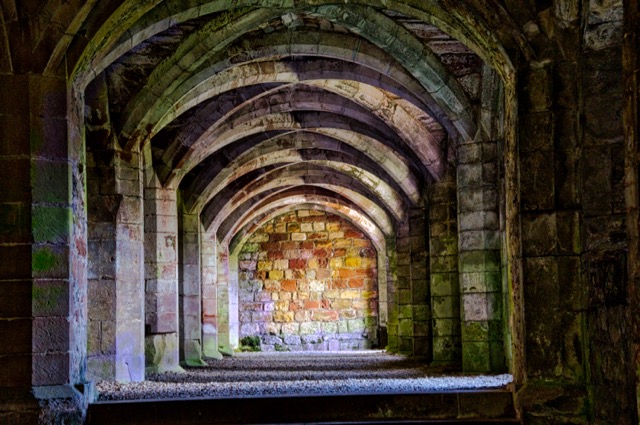
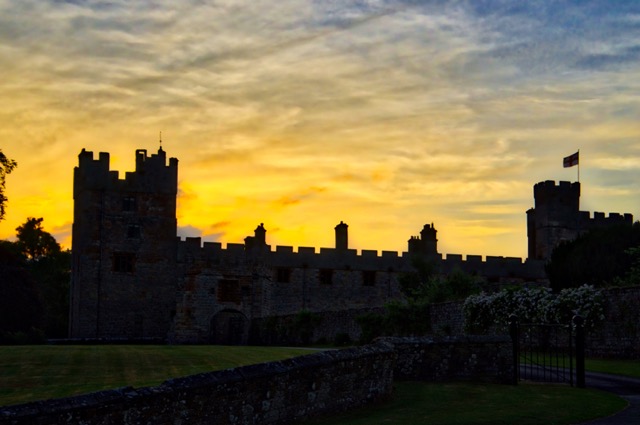
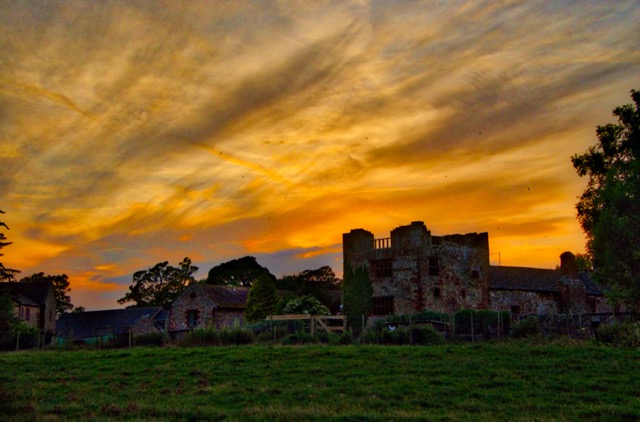
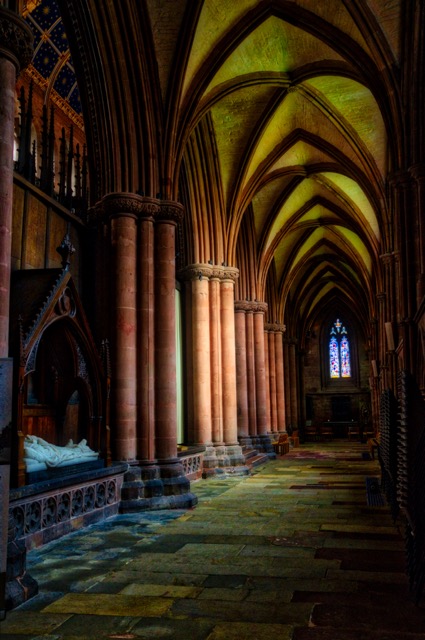
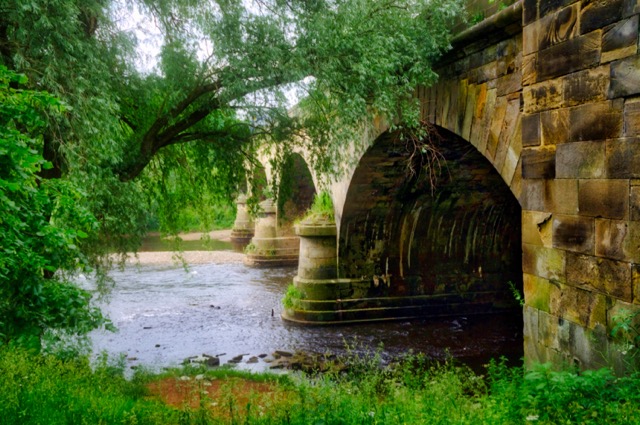
| Volume 34 #1 | July/August 2017 | |
A big Thank You to all who sent well wishes, cards, visited, and provided dinner over the last five months. My recovery is not complete, but am well on the mend. I've shed all the cumbersome braces (shoulder, hand, foot) and arm sling. Now I have just one small hand brace. Am out and about more so hope to see you all in the Fall.
We can access the minutes of the Royal Scottish Country Dance Society, Southwest Washington State Branch 2016-2017 Annual General Meeting here: http://www.rscds-swws.org/meetings/2017-05-21/02-AGM-05-21-17.doc
The 2017-2018 slate of elected officers is:
Chair - John Shaw
Vice Chair - Cynthia Soohoo
Secretary - Tom Halpenny
Treasurer - Susan Shaw
The Panel of Instructors has appointed Liza Halpenny to serve in the Teachers' Representative role for 2017-2018.
Many thanks to Theresa Ryan for serving on the Board for the past five years in the roles of Vice Chair and Secretary,
and to Linda Mae Dennis for serving as Chair for the past two years.
As Scottish Country Dancers, there will be instances where we will be required to dance after only hearing a briefing of the instructions. This occurs at dance events, of course, but it also happens in classes. Sometimes when a dance is being taught, we may have the opportunity to have walked or practiced just a portion of the dance. Or perhaps we only had the chance to practice the role of the second or third couple but not of the first couple. Or maybe we were able to practice the entire dance as first couple but haven’t a clue what to do as the third couple!
When learning a dance, I think everyone (myself included) feels more comfortable with the safety net of having had the opportunity to walk or practice the dance before it is finally danced through all its “times through” by the entire set. However, in a class teachers generally prefer not to walk/practice each dancer through every position. Doing so results in a very slow paced class that many dancers find boring.
Consequently, it is helpful for dancers to develop their memory placement and retrieval skills as well as the ability to absorb information “by ear.” It is known that people have various ways of learning and of placing memories in their brains so dancing from a briefing is easier for some dancers than for others. That said, everyone should be able to improve their abilities through practice. And of course, some dances are just easier to remember because they have fewer movements occurring simultaneously and/or have fewer bits (dances with all eight bar figures can be easier to recall than those with lots of two bar and four bar parts).
Below are some tips that I hope you may find beneficial in the quest to successfully dance from verbal instructions.
In General:
• Listen with engagement and don’t let yourself get distracted.
• Think positively and make memorizing the dance a goal! When we have a goal, we tend to remember the
steps to achieve it.
• Close your eyes and envision the figures in your mind’s eye. Envision the entire figure, not just first couple’s
part. For example, for reels of three, picture a figure of eight with three dots simultaneously moving along the track.
• Immediately repeat the words you heard, or a summary that is meaningful to you, out loud (softly) – this
is very powerful in implanting it in your short term memory.
• In your head, organize the dance into four or five chunks, such as “1. Set/cast/turn, 2. Diagonal half Reels
of Four, 3. Reels of Three on the sides, 4. Circle.” Remembering fewer things is easier.
• Associate the figure names with the shape of the movements or with another memory cue that works for
you such as a story. For example, you might think of Double Triangles as being two triangles or as of the shape
of the St. Andrew’s Cross. If the dance has Lead Down the Middle and Up, ending ready for Double Triangles,
perhaps you could think of it as taking a trip where you end up at St. Andrews.
• If you learn best by physical movement, try making small hand/arm/feet movements during the briefing,
for example -
» draw a Figure of Eight with your hand and arm;
» let your fingers do the walking to symbolize Lead Down the Middle and Up;
» for Rights and Lefts, lift your right hand, then left hand, then right hand, then left hand;
» make circling motions with your right hand to signify a right hand turn;
» tap your right shoulder as a prompt for which shoulder to give in a Reel of Three;
» move your feet and body slightly to represent the figures; for example, for Set and Cast, do a small setting
movement with your feet and then dip your right shoulder back slightly.
• When the dance is over, immediately recite the figures to yourself to help implant them in your long
term memory.
• Make the effort to practice and develop your abilities to dance from verbal instruction; view it as another
facet of Scottish Country Dancing to learn, just like the steps, phrasing, eye contact, figures, and etiquette.
Additionally for a Dance Event:
• If you learn by watching, maneuver with your partner to be fourth couple (or ask your set if you can do
so) to allow yourself to watch the dance once. Of course this doesn’t work for set dances that call for exactly
three/four/five dancers.
• If one couple will be walked through while the dance is being briefed, ask your set if you and your partner
be the first couple – don’t be shy or embarrassed!
• Review the cheat sheets and/or diagrams ahead of the event. Walk the dances out in your home, walking
it as first couple and then as second couple and then third couple, etc. Alternatively, move small objects (salt and
pepper shakers work well) around in the patterns of the dances. You may find that a dance you thought to be
intimidating actually isn’t so hard after all.
• Watch Danciemaetions!
Additionally in a Class:
• If the briefing was unclear or confusing or you just got distracted and missed something, ask the teacher
to repeat/clarify. Don’t be shy – others likely have the same question.
• If you feel you are really going to struggle without more practice, ask the teacher for more practice.
• Pay attention to what is practiced in class exercises that precede the dance. Teachers purposely use
exercises to enable dancers to be better prepared for the dance itself. However, the practice is not always going to
be identical in every way to how it will be done in the dance – be flexible and try not to learn only by rote.
• Don’t be afraid of making mistakes; we all make mistakes and we will laugh along with you – not at you.
Since before leaving on this trip, the Editor has been “encouraging” us to write articles about it. Of course Linda Mae Dennis, being the overachiever that she is, started working on her article on about day two of the adventure. Not wanting to repeat details, here’s a synopsis of the extra ramblings I did and some pictures from the times I was designated scout, for example: “Holly, run up that hill and tell us why all those people are up there and if it’s worth it for us to climb up too.”
Amsterdam - On both mornings we were in Amsterdam, I got up early to see the city before it was entirely awake. The first morning I concentrated on the wonderful Vondelpark that our hotel backed up to and the second morning I went to the nearest canal to take pictures of the sunrise. I almost got lost the second morning when the street I was on became a dead end and I had to do some quick calculating to get back to the hotel. After the momentary panic, it was rather fun to figure it out
Newcastle, England - While this city had some great architecture and history, we were all a little disappointed. The hustle, bustle, and noise got to
be pretty overwhelming after a while. But, on a Sunday morning there was hardly anyone around and I enjoyed capturing some of the more colorful
architecture, not to mention the beautiful churches. The Editor was told of the Millennium Bridge in Newcastle that tilts to allow river traffic through
during this author's journey thus this elapsed time video, with Scottish pipe music accompanying of course, can be viewed here:
https://www.youtube.com/watch?v=jeYxtFa3YsQ
Sycamore Gap - Linda Mae and I went out for this “optional hike” to see one of the more famous parts of Hadrian’s Wall, and I’m so glad we did! That little dot on the wall behind the tree is Linda Mae.
Walltown Crags - This is on the section of the Wall near the village of Greenhead. It was here that I was sent up as a scout. We’d been going up and down hills all day and saw a large group of French tourists above us on the section called the Walltown Crags. The view from this area was amazing. The tiny sheep below on the right give an idea of the height and distance of the hills.
Greenhead, England - This little gem of a village was a real treat after a hard day of hiking. There’s even a castle behind the B&B we stayed at. I took an alternate route back from the hotel where we had dinner to the B&B and was lucky to get this picture of Holmhead Guesthouse in the foreground with Thirwell Castle beyond. The sunset shots were also a bonus. I went out around 11 p.m. hoping for star shots with the castle in the foreground but when there were still no stars at midnight I gave up. During this time of year, it doesn’t get very dark at night.
Banks and Lanercost, England - This was our final day of Wall walking. We saw mostly sheep and cows with occasional glimpses of the Wall. Our B&B was in the village of Banks with the villages of Lanercost and Hallbankgate down the road. After lunch in Lanercost, we split up and I went to explore the 12th century Lanercost Priory. That evening we were driven by our host to Hallbankgate to the Belted Will Inn for dinner. On the way back, I asked to be let out so I could take sunset pictures of the priory, Abbey Bridge, and nearby Naworth Castle.
Carlisle, England - The next day we walked to the “train station”, I should say platform, in Brampton and took a train to Carlisle. At first I thought it was going to be a repeat of Newcastle, but it was a smaller town and had its fair share of charm. We all visited Carlisle Castle and Carlisle Cathedral, some of us several times, and I also went to Bitts Park, which is along the shores of the River Eden. The Eden Bridge was very picturesque. From Carlisle, we went on to Balloch, Dumbarton, Glasgow, and Paisley, but I’ll leave those to another time.

|

|

|

|

|

|

|

|

|

|

|

|
Linda Mae, Patrick, Holly, and Sally went on a trip to Europe. Here is the executive summary. A more detailed report
will follow in the next edition(s) of the newsletter.
Car ride to airport.
Airplane to Reykjavik.
Bus to Terminal.
Airplane to Amsterdam.
Train to City Center.
Walk to Hotel Vondelpark.
Walk all over the place.
Bus to Train.
Train to Ferry.
Ferry to Newcastle Upon Tyne.
Taxicab to Millennium Bridge.
Walk all over the place and to Grainger Hotel.
Walk to Train.
Train to Bardon Mill.
Walk to Vindolanda.
Walk to Twice Brewed Inn.
Walk along Hadrian’s Wall (or take the bus and walk back to meet those walking forward).
Walk to Holmhead Guesthouse.
Walk along Hadrian’s Wall.
Walk to Quarryside B & B.
Car to Pub and back.
Walk to Train in Brampton.
Train to Carlisle.
Walk to wrong Guesthouse – Cornerhouse Guesthouse.
Walk to correct Guesthouse – Cornerways Guesthouse.
Walk all over the place.
Walk to Train.
Train to Glasgow.
Walk to the other Train Station.
Train to Alexandria.
Walk to Balloch / Loch Lomond – Innkeeper’s Lodge.
Walk all over the place.
Have dinner with Andrew Smith and his brother David.
Walk to Dumbarton.
Walk all over the place.
Walk to Dumbuck House Hotel.
Walk all over the place some more.
Walk to train (or walk halfway to the train and realize you still have the hotel key and walk back, and then walk to the train).
Train to Glasgow.
Walk to Botanic Gardens.
Walk through the Botanic Gardens.
Lunch with members of the Glasgow Executive Committee.
Walk all over with Glasgow Chair, Muriel Bone.
Walk to Hampton Court Guesthouse (dungeon).
Walk all over the place.
Walk to Glasgow Science Center.
Walk to GoGlasgow Urban Hotel.
Walk all over the place.
Walk to Paisley, to Milton Watermill Hotel.
Walk all over the place.
Taxicab to airport.
Airplane to Reykjavik.
Bus to Terminal.
Airplane to Portland.
Bus to Terminal.
Car ride home!
 |
When I was visiting Isle of Skye, I found the perfect brooch for my sash. Here’s a photo of my Heathergems brooch, made
only in Scotland from the stems of heather. The heather stems used are too old to provide any nutrition for wildlife and are
pulled in a manner which promotes the growth of new heather. The stems are dried, sandblasted to remove bark and dyed
various colors using natural dyes. Stems of different colors are then mixed together and compressed into a block. Eighty
tons of pressure is required to press the block of stems together. The block is then cut into slices and individual pieces are
cut, shaped and filled by skilled craft workers, before being lacquered to give a final finish. The pieces of jewelry are set
into silver and pewter fittings. A number of these fittings use Celtic designs dating back to the time of St. Columba and the
start of Christianity in Scotland. Here’s a link to a video about the process:
https://www.youtube.com/watch?v=j-g1ZN-A1Wo
A bit of Heathergems History: Hugh Kerr, a craftsman from Glenlivet was originally producing flooring from beech wood. After WWII, as wood was rationed and alternative raw material was needed, Hugh developed the idea of using heather to produce the floor tiles. This proved to be a timely and expensive process, so he decided to make smaller pieces into heather jewelry. Heathergems, were first sold through two or three shops in the Highlands during the 1960's. In the late 60's Hugh met Charles Buyers, a Glasgow accountant who was looking for small manufacturing or craft businesses. After Mr. Buyers’ employer rejected his proposed business deal, Charles Buyers decided to back Hugh Kerr himself and the company was set up in a small factory in East Kilbride in 1970. The rest, as they say, is history.
Why is it that over 95 percent of the public do no dancing of any kind? If we could learn the reasons and adapt marketing in order to address the mental blocks, then we could improve recruiting and retaining new Scottish dancers.
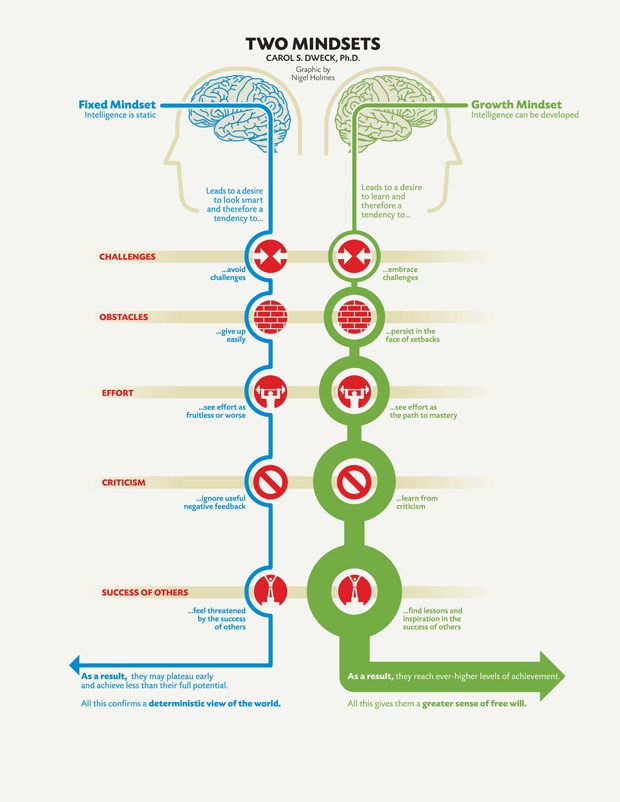 |
We observe that each folk dance form is practiced by a small fraction of one percent of the population. Yet each dance form has passionate social groups of dancers who enjoy the physical and mental health benefits that much of the public would like but most lack the curiosity to explore. I have been learning about Fixed versus Growth Mindsets, and also the Identity model, in order to improve my understanding of motivation for learning dancing and joining a social group.
People often make statements like, "I'm no good at dancing," or, "I tried dancing and I am a klutz." I have had the opportunity to meet around 300 people who tried square dance lessons over the past three years. Seventy percent learn about the lessons from friends and family. I am fascinated to observe fresh brains gradually learn the dance skills. New dancers are frequently nervous about trying square dance, evidenced by clammy palms or clinging grip while dancing. I scan the hall during lesson breaks for anyone who is not engaged in conversation, and I walk over to talk with them. I gesture around the hall and say that they are going to meet all these friendly people, and we will learn some square dancing as a bonus. This relaxes new dancers and helps them enjoy the lessons.
According to Stanford Professor of Psychology Carol Dweck, "Having a fixed mindset led you to be afraid of challenges that might unmask your deficiencies, made you withdraw in the face of difficulty because you felt stupid. You didn't want to feel stupid. You didn't want other people to think you're stupid. Whereas having this growth mindset, the idea that your abilities could be developed, made you think, why waste my time looking smart when I could be getting smarter? And I do that through taking on challenges. I do that through seeing them through."
Professor Dweck continues, "When you call someone smart, you put them on a pedestal. And their life becomes organized around deserving the pedestal. And you can only do that by narrowing your life to include only things you're sure you can succeed at. When we tell someone, you did that so quickly, I'm so impressed, they hear, if I didn't do it quickly, you wouldn't be impressed. A lot of things take a long time. Or you got an A without working, then they think, oh, if I work, you're not going to think I'm smart at math, say. And so you're just very subtly conveying these ideas that smart people don't make mistakes, smart people don't have to work hard, the most important thing in the world is to be smart and look smart at all times. And then people start narrowing their world so they can succeed within that fixed mindset."
The Fixed Mindset where people are psychologically blocked from exploring something new reminds me of my experience with fellow Hewlett Packard engineers. Liza taught a weekly lunchtime SCD class at HP, with John Shaw and myself as support members. A surprising result was that the great majority of these supposedly creative engineers lacked the curiosity to walk 100 feet to a conference room to try something new. We can read the 2006 newsletter item titled Scottish Country Dance Comes to Hewlett Packard.
Another psychology factor is the Identity model, compared with the Consequences model, for how people make decisions, described by the Heath Brothers in their book titled Switch. The rational side of the brain uses the Consequences model and weighs the costs and benefits of our options, and makes the choice that maximizes our satisfaction. The stronger emotional side of the brain uses the Identity model to evaluate a situation and ask, "What would someone like me do in this situation?" As we develop and grow in an identity, it becomes an increasingly important part of our self-image and influences our decision making, to join a social group for example.
We can use these concepts in order to recruit and retain dancers. Given that most people have a strong fixed mindset when they consider trying Scottish dance, we need to communicate emotionally compelling marketing messages that avoid triggering feeling or looking stupid, and instead focus on other beneficial feelings. Many people are lonely and are interested in making new friends. Some people are interested in moving to the music. Some are interested in the challenge to learn new dance skills. Some would like a lifelong activity to lose weight or remain healthy. Women are more open to trying dance compared with men; women will often bring their men with them or else they come solo and report back how much fun they had.
As new dancers continue to learn the dance skills, the teacher can communicate the Growth Mindset expectation that making a lot of mistakes is part of dancing and it's nothing to get excited about, and teach recovery from mistakes as a useful skill. We can read the related newsletter item titled Gold Star! Recovery Is Important, Not the Mistake.
For retaining dancers, as they continue to make friends and learn the dancing skills, they develop an identity with the dance group. The friendships build group loyalty with the dancing skill as the common interest, and some members will be keen to develop their dancing with the Growth Mindset.
References:
Carol Dweck: The Growth Mindset | Talks at Google
Heath Brothers: Switch - Chapter 7 -- Grow Your People | Identity and Mindsets
A Scotsman phones a dentist to enquire about the cost of a tooth extraction.
“85 pounds for an extraction, sir” the dentist replied.
“85 quid! Huv ye no’ got anythin’ cheaper?”
“That’s the normal charge,” said the dentist.
“Whit aboot if ye didnae use any anesthetic?”
“That’s unusual, sir, but I could do it and would knock 15 pound off the cost.”
“Whit aboot if ye used one of your dentist trainees and still without anesthetic?”
“I can’t guarantee their professionalism and it’ll be painful. But the price would drop by 20 pounds.”
“How aboot if ye make it a trainin’ session, ave yer student do the extraction with the other students watchin’ and
learnin’?”
“It’ll be good for the students,” mulled the dentist. “I’ll charge you 5 pounds but it will be traumatic.”
“Och, now yer talkin’ laddie! It’s a deal,” said the Scotsman. “Can ye confirm an appointment for the wife next
Tuesday then?”
Musicians Scott Band and Bill Ewan were interviewed by BBC music radio programme "Take the Floor" host Anna Massie April 29, 2017. The musicians
recorded the music for RSCDS Book 50 dances. We can listen to the interview and learn how Scottish country dance music differs from other dance music for ceilidh
or old time dances. Note, this might take a bit of time to load depending upon the speed of your Internet connection.
http://www.rscds-swws.org/news/stories/BandEwanInterview.mp3
The current "Take the Floor" programme hosts are less aware of Scottish country dance compared with the recently retired programme host and RSCDS member Robbie
Shepherd who was an enthusiastic promoter. We can recall the 2015 newsletter item when he interviewed retired RSCDS Membership Secretary Elspeth Gray.
http://www.rscds-swws.org/news/201503/vol31-5.htm#art.7
Calendar of Events | |||||||||
|
|